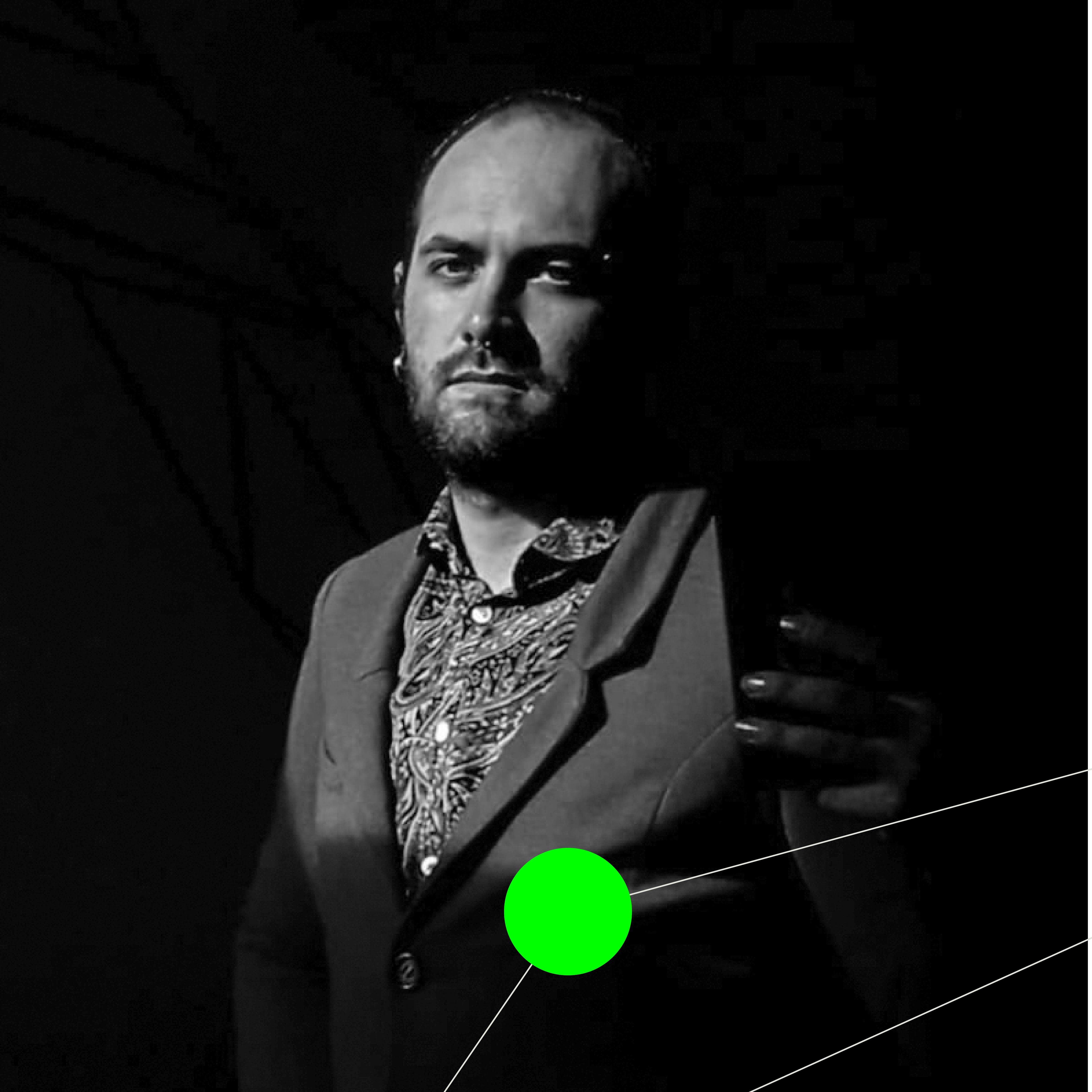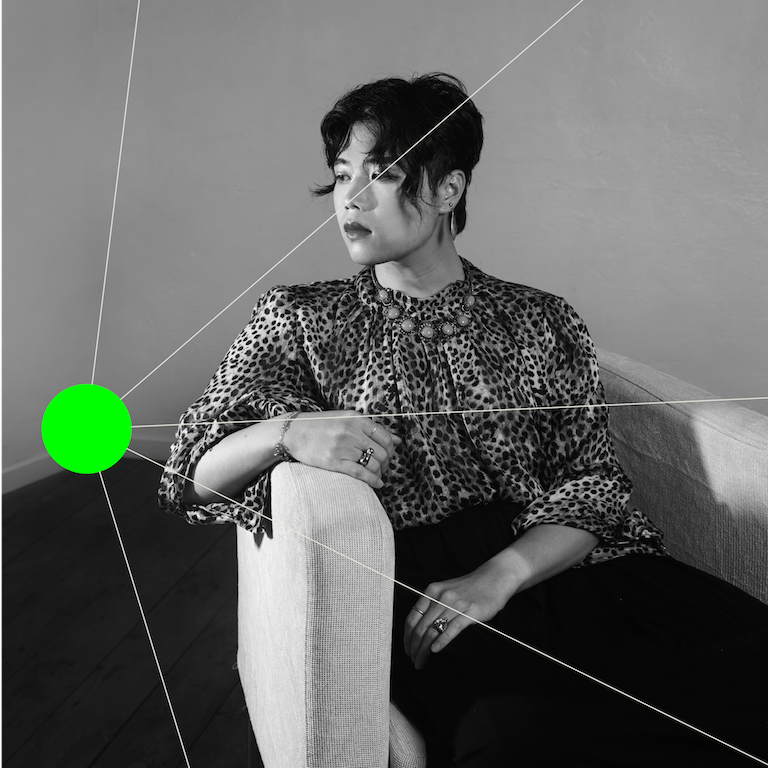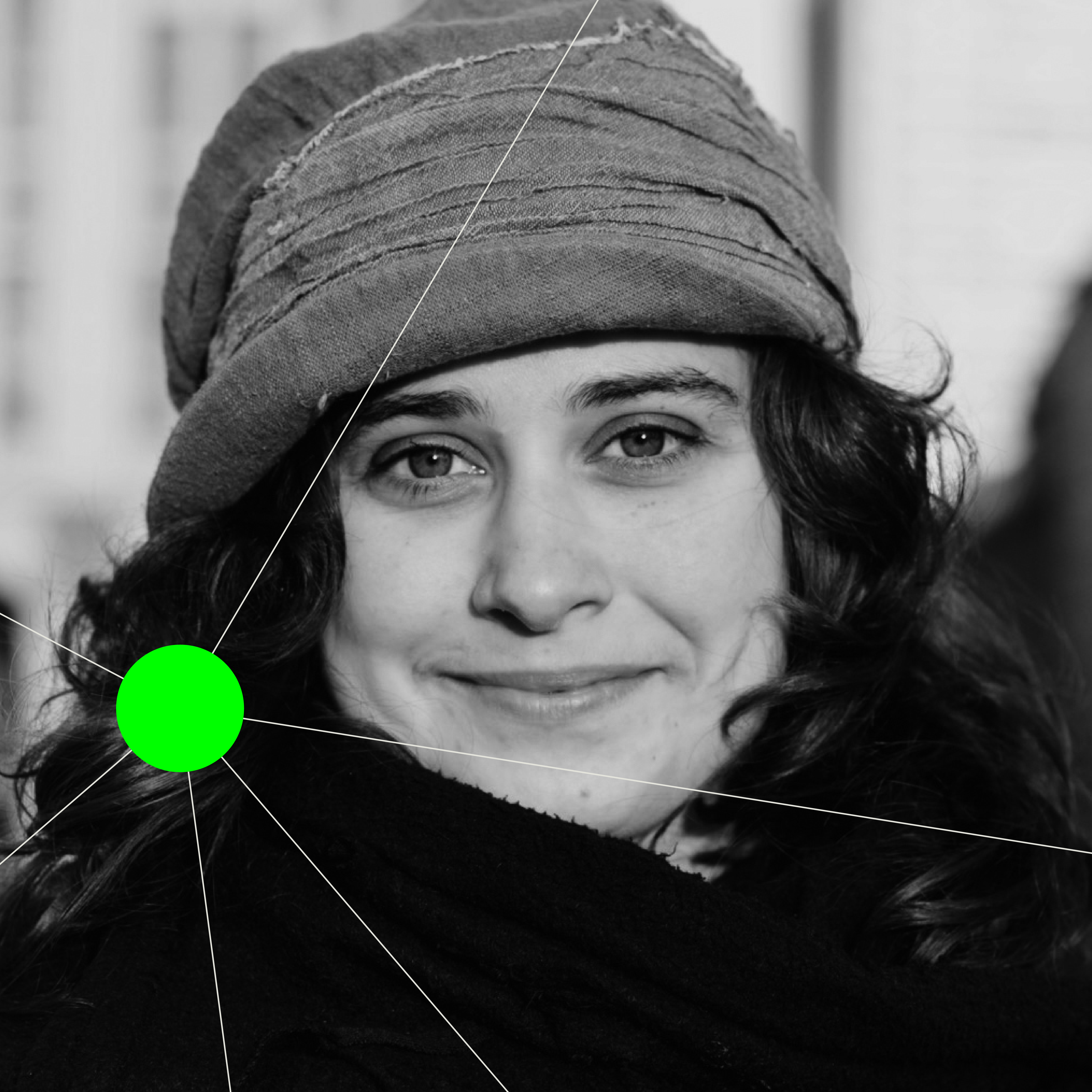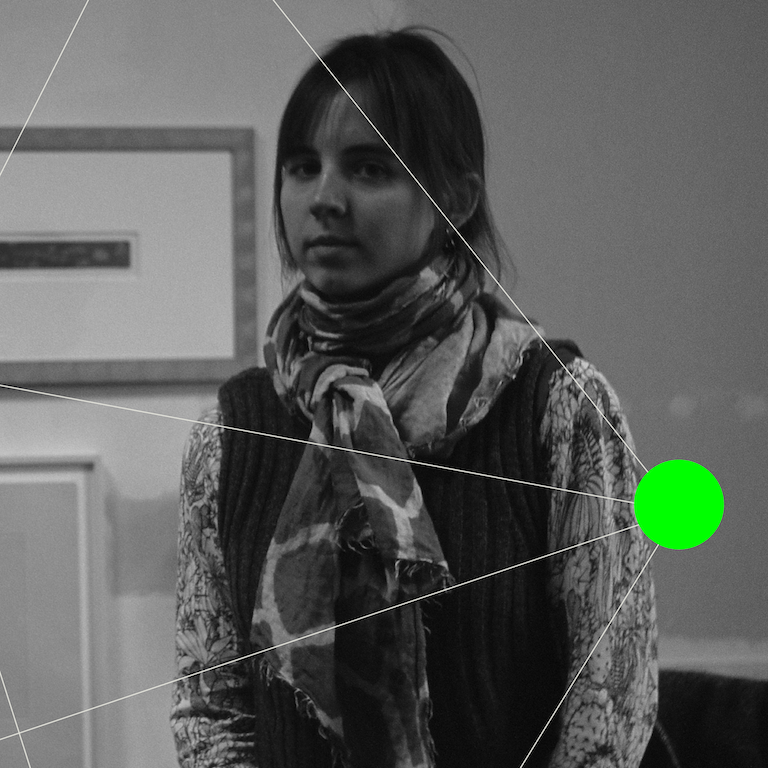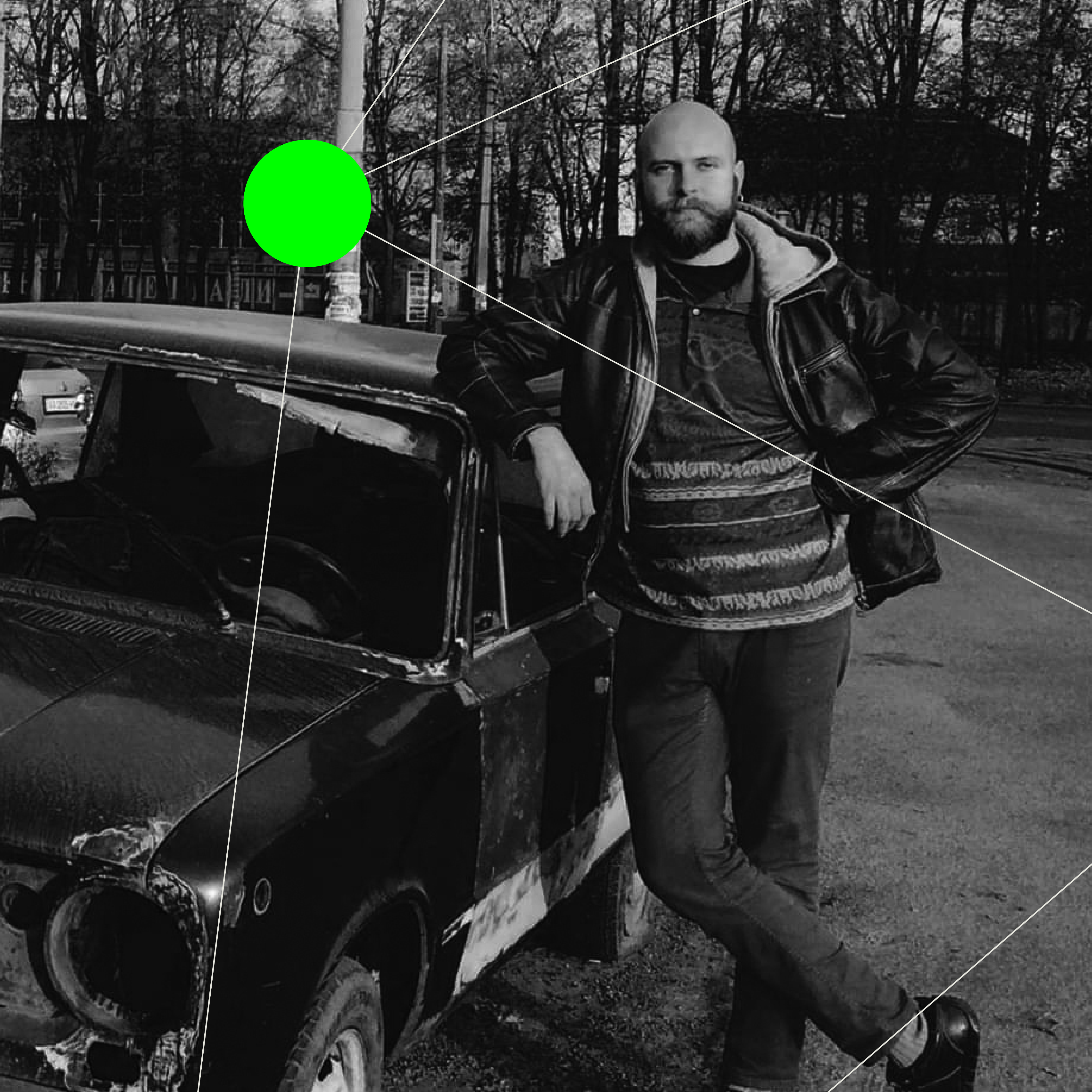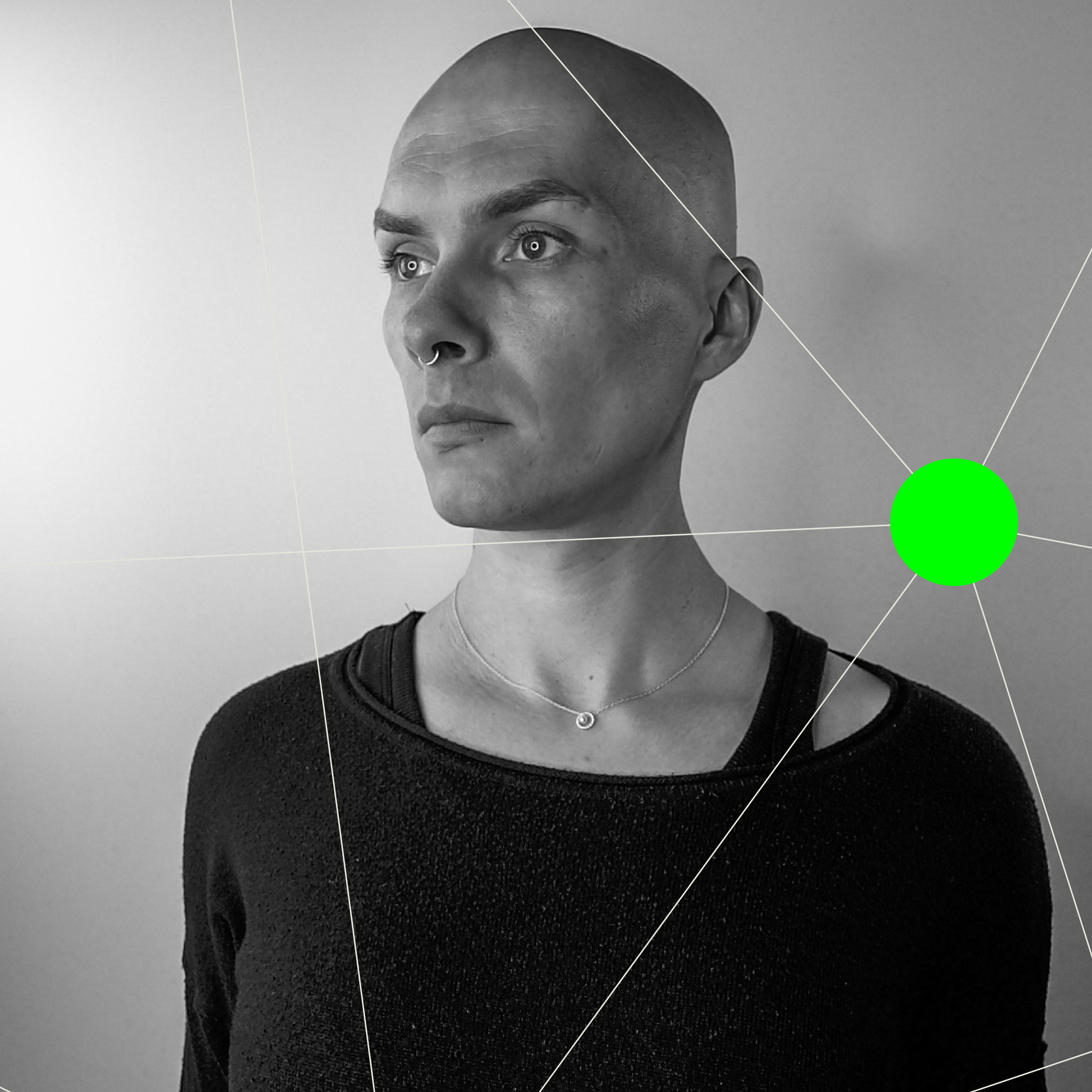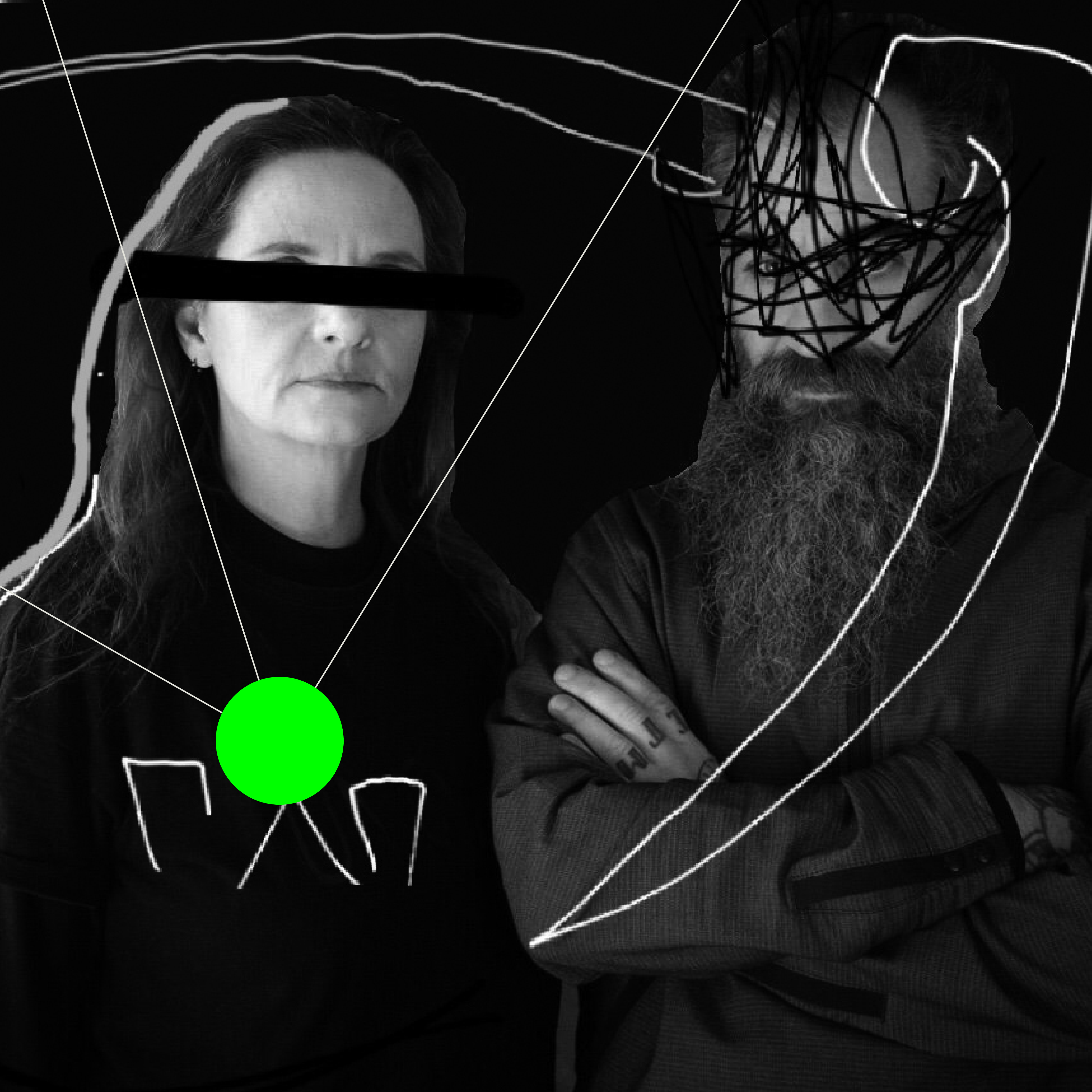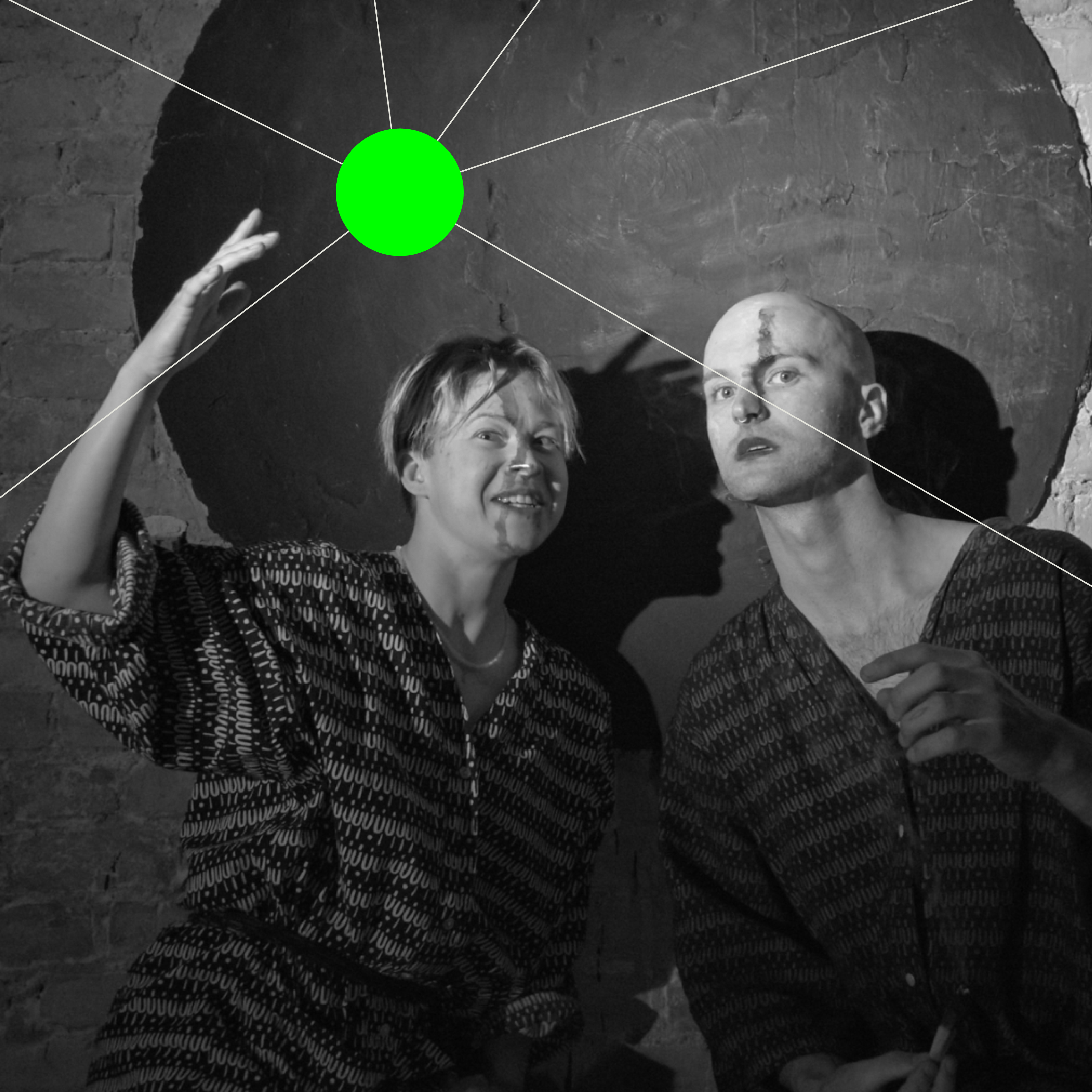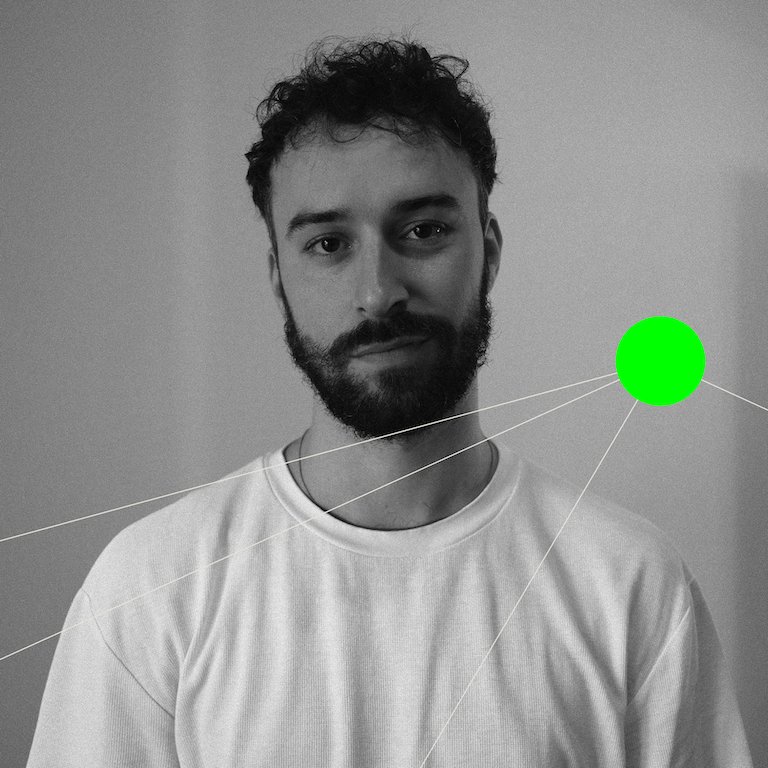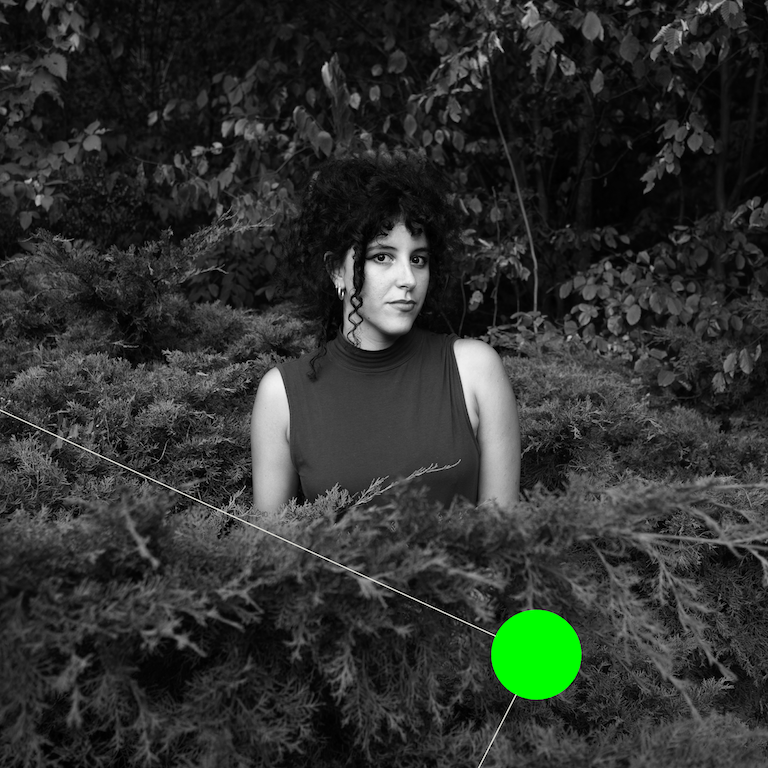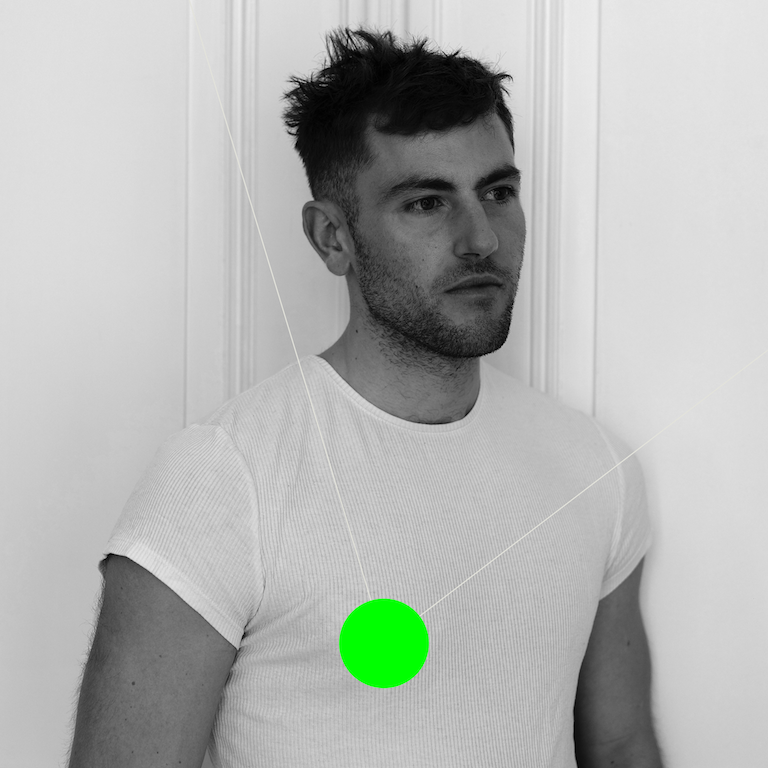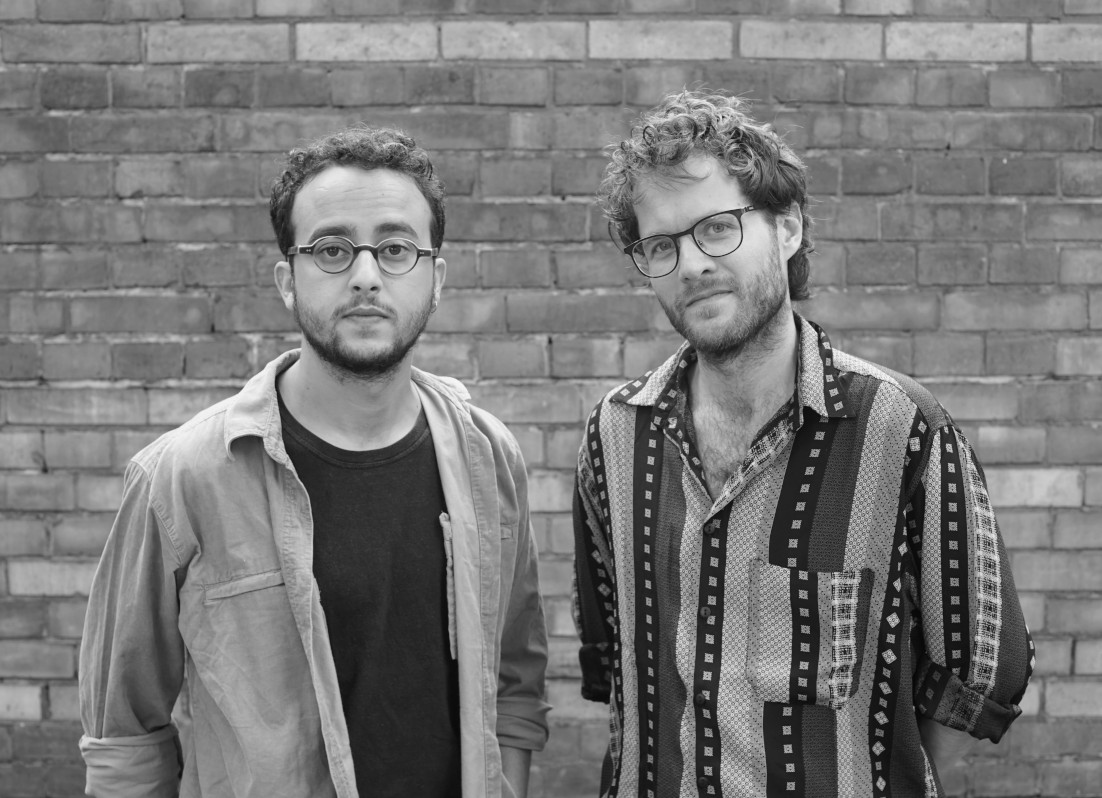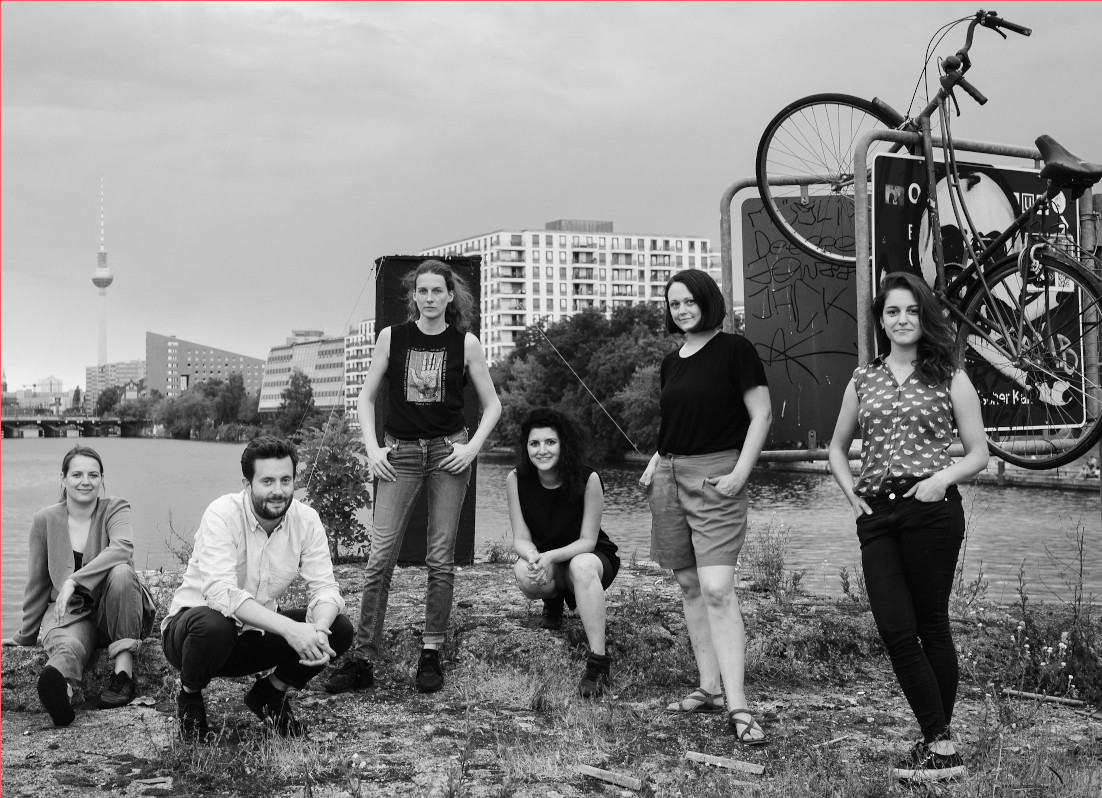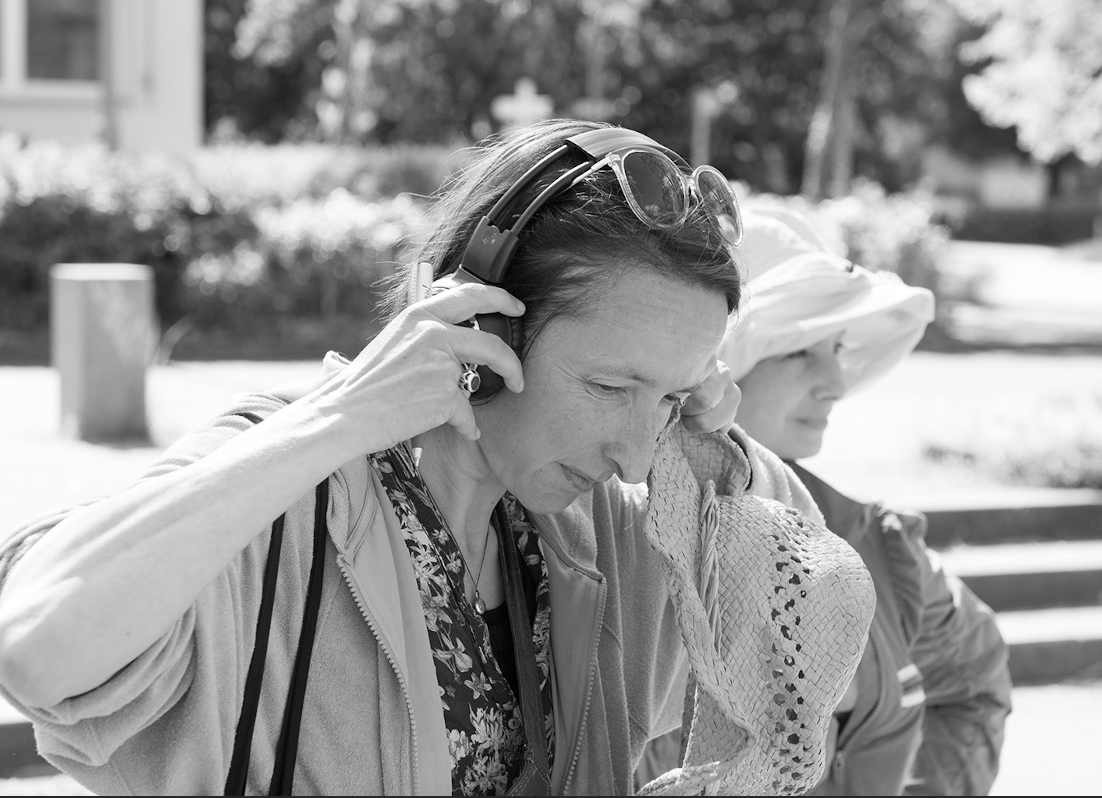
Interdisciplinary Artistic Residency and Festival
Berlin | Museum Kesselhaus Herzberge
Residency Period: 28 August - 11 September
Festival: 9 - 11 September
OnSite brings together 10 creators, artists, thinkers, and interdisciplinary practitioners from different countries who apply with an idea for a site-specific project or an action proposal to offer to the human and non-human inhabitants of the city neighbourhood of Herzberge in Berlin-Lichtenberg.
We welcome interdisciplinary proposals to investigate artistic practice in dialogue with the site of the residency and festival: Herzberge. Inspired by the Situationist International we recognise artistic practice especially in situations in which people encounter each other directly, freely and on an equal footing, exchange ideas, organise themselves, are creative, follow their passions and are no longer subject to any unnecessary constraints.
OnSite will have moments of collective processes where participants can exchange and work on their artistic projects in relation to the group’s most urgent shared questions; and individual work periods, where each participant is free to use the time in collaboration with other participants or in the development of their individual research. With the help of five local and international artist collectives the participants approach the site-specific characteristics of the 130-year old museum, hospital and park area and relate them to their own positionality and (artistic) contexts. The collectives combine theoretical and practical knowledge in theatre, sound art, film, anthropology, dance, performance, data science, music, dramaturgy, architecture, and community-based site-specific research.
The results of the works and experimentations will be presented during the three-day public event of the festival from 9 - 11 September.
This year's residents
Allan Laurent
My idea for Onsite is to connect with the Kesselhaus museum, through video to find the visual voice of the space, this navigation can be combined with performance and/or dance to generate an audiovisual product that will be projected in some space of the museum where there are textures and reliefs (such as windows, doors, deteriorated walls, etc.) creating another piece where the space intervenes its own representation.
Gustiele Fistaról
I'm interested in actions that highlight deactivated places and Infraordinary architecture, inviting the spectator to actively look at these zones of possibility, background noises, and the banal. In collaboration with my collective Território de Rupturas (Amanda Gatti and Tiago Gasperin) we've been developing projects which use the internet as a means of bringing geographical boundaries to close.
Jaehwa / Jae-Nder Fluid
Jae-Nder Fluid is a designer working with political discourses and site-specific spatiality. They build a virtual world based on their own methodology, and try to blur the boundaries between the real world and the digital world through design practices. They are conducting projects to research how (Binary) public toilets and the structure of our society marginalize minorities and deny their existence. And based on that, they try to re-design the Neutral Toilet using the spatiality of the site.
Elissa de Brito
“During the residency, I will navigate Herzberge history in order to create movement based performances and video-portraits archive. Like a decades-old house, where portraits tell stories of the generations who once lived there, I will dance through the spaces of Herzberge, leaving in it reminiscent moving-images.”
Linda Zagidulina
My practice bridges mediums of sculpture and performance to tell stories that are less known or overlooked. I want to bring attention to the way that women have always been engineers, unrecognised or restricted both in expression and self-defence. For the residency, I will explore and create work in response to the archives of the museum and the history of local women inventors.
Dmytro Goncharenko
During the residency I am going to prepare a mixed media project (photos/video/sounds) based on the research of archive materials about "Aktion T4" (campaign of mass murder in Nazi Germany), borders of normality, social acceptance of repressions and current ideological terrors (in reference to the Russian war in Ukraine).
Kim Wichera
Kim Wichera, born 1984 in Zabrze, Poland, is a sound artist and activist from Berlin. Kim's artistic practice is dedicated to the mechanisms of social inclusion and exclusion. Kim draws new lines of connection between historical as well as contemporary artistic and non-artistic discourses. In particular, years of working in care work and intersectional feminist analyses inform Kim's approach.
MXM - Muep Etmo and Mirella Brandi
Muep Etmo and Mirella Brandi, (AKA M X M), began their partnership in 2006, investigating light and sound as immersive performances. They converge concepts of contemporary art, dance and expanded cinema. During the OnSite Residency and Festival, they will develop a new immersive performance, based on the history, architecture and relationships built during their residency at the Museum Kesselhaus Herzberge.
Tarlie Lumby & Evgenia Chetvertkova
Approaching the site with a live art practise we research altered states through an immersive cross media experiment. Investigating the embodiment and representation of transpersonal states we propose to shift ourselves and visitors between critical distance, full immersion and reenactments.
Anderson Kaltner
At the intersections between electronic experimental music and installation using digital and organic elements, he researches and creates in the themes of sound ecology, ancestry and technology. Also, exploring the blurring lines between the conceptions of performance and installation, one of the main interests of production is to explore the relation between the physical gesture and sound.
Andrea Galano Toro
As a culturally mixed person, my body of work developed around my encounters with both physical and imagined spaces to further understand my own positioning. In this way, site-specific work acts as a way to engage with space differently, no longer being just a foreigner, but rather part of a bigger ecosystem. In my practice, this is done through the exercise of embodying certain archetypes, such as the role of the visitor, the storyteller, the archivist, and the wanderer. Part of my fascination with site-specific work comes from engaging with a multi-dimensional approach to exploration & research. My documentation of space through video, writing and drawing is a testament to the latter. One crucial attitude of spatial practice is to allow oneself to be surprised by the new findings. I believe that the acts of surrendering our humanness and humility become a great site for new things to emerge.
Zachary Schoenhut
What are the sounds that Herzberge carries? I will investigate the sonic through a practice of tuning into psychiatric murmurings, faintly hearing tones of diagnostic exams, mania, sleep and disorder amongst orderly grounds and lush greenery. The aim is to create a performance out of an inventory of sonorous objects that responds to my experience therein and my interests in psychiatry and the shifting definitions of disorder, wellness and recovery.
With our breath we offer ourselves to the world at one moment and draw the world into ourselves at the next,
we explore the grass with our feet while feeling the grass touching us back,
we gaze at the mountains and feel ourselves seen, or sensed, from a distance.
- David Abram
The Site
We understand site-specific research as the investigation of the relationships of a place with both the territory or space it is embedded in and the subjects that inhabit or pass through it. As living beings, we claim territories by fighting over them or working them, by confining them or defining them. We desert them or breathe life into them. So do the non-living: A mountain casting a shadow on a hot afternoon defines a new territory in which both humans and non-humans share a sense of relief when the temperature drops and the humidity rises, when new smells and colours emerge, and the living world finds itself really present in the shaded reality created by the animated material world.
In their apparent static locality, the experience of sites can be as multiple and ephemeral as the personal relationships established with them. A forest, for example, feels very different from the perspective of the hunter, botanist, walker, nature enthusiast or fairy-tale storyteller. Even the stem of a flower becomes a very versatile element in such forest, whether it is experienced in relation to the environment of the boy picking the flower to put it behind his ear, the ant using it as a path on its way to the goblet, the larvae drilling holes in it to reach the juices that make its liquid house or finally the deer that simply chews and swallows it as food.
And, of course, a forest can also be the territory of an archaeological site that tells us stories of a distant past, points us to the origins of human civilizations or provides proof of the existence of species that have been extinct for thousands of years.
How do these distant pasts resonate in our lives still today? And what might be the traces of our existence to be found in the distant future?
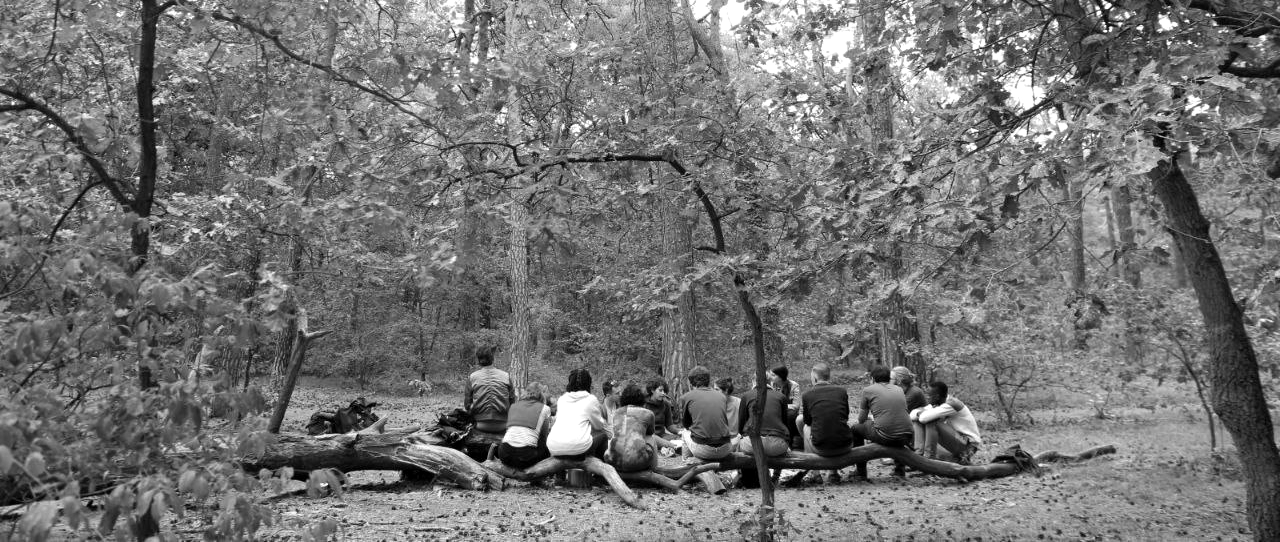
Herzberge
The site of the residency - the social habitat of Herzberge - serves as the starting point of the artistic research and creation during the residency period. The psychiatric hospital Königin Elisabeth Herzberge is located in a small city forest and 100 hectare nature conservation area, surrounded by the industrial complexes and multi-lane motorways of Berlin-Lichtenberg. Established in 1893 as Irrenanstalt Herzberge , the hospital frequently changed in the course of the 20th century not only its name but also its ideological and medicinal-historical orientations. The stories of Herzberge - of the hundred-year-old inscriptions on the building’s red brick walls, of the 'double-bodied' newts in the Herzberg pond or of the former head of the pathology department who dedicated himself to environmental protection in the 1980s of the Eastern German GDR - are unique and at the same time embedded in larger contexts such as the global triumph of capitalism, the climate crisis and the ongoing questions about the meaning of life, healing and death, the boundaries of body and psyche and the separation of humans and nature.
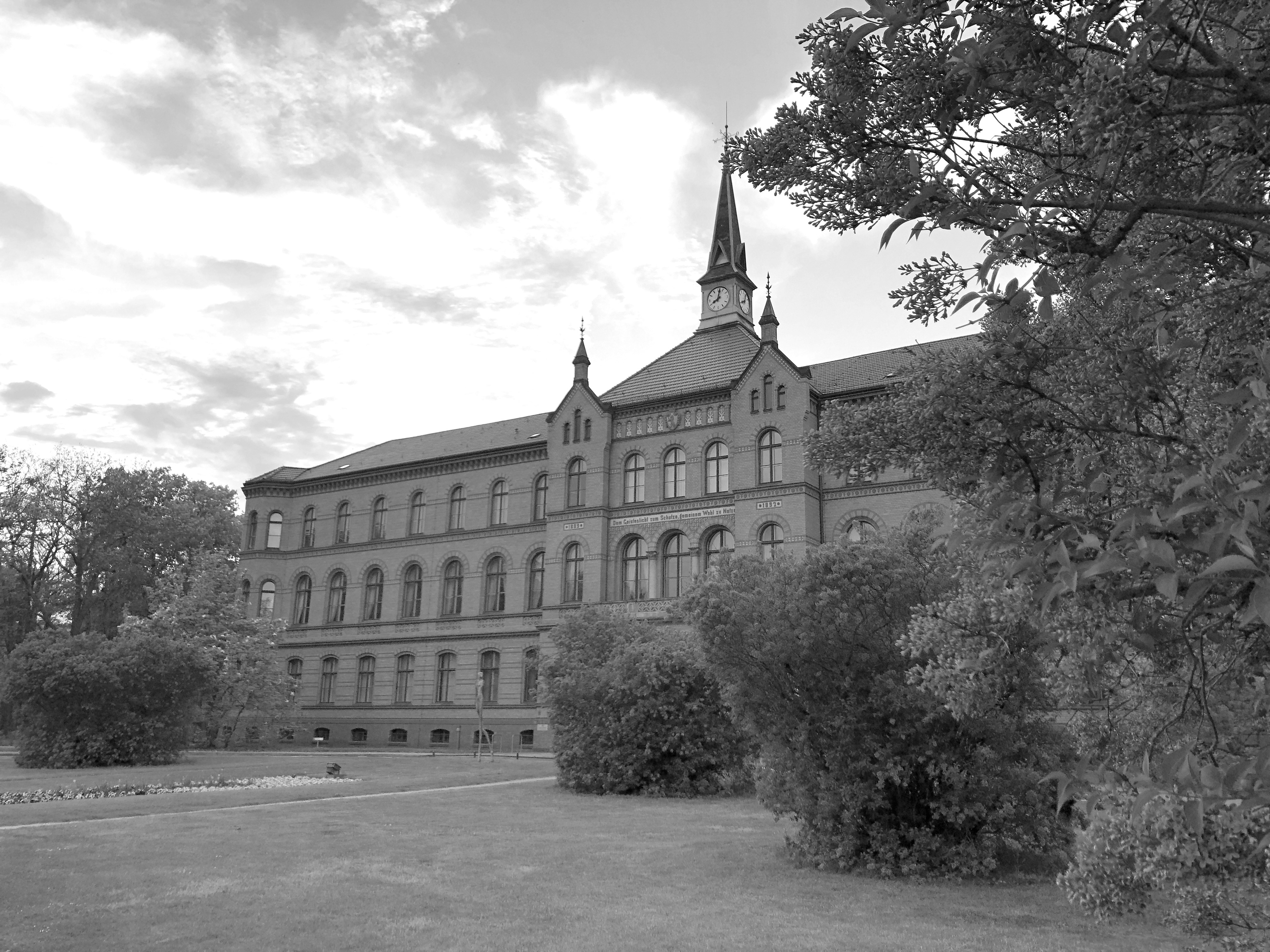
More images of the site www.museumkesselhaus.de/fotoband.html
Museum Kesselhaus Herzberge
Our museum is a historic boiler house and European cultural heritage site on the grounds of the Königin Elisabeth Herzberge hospital. The building holds over 100 years of historical industrial technology and serves as a platform for deconstructivist thought and innovative life philosophies. Site-specific themes predominate our cultural programme. As a laboratory for diversity and a place of "inconstant evolution", we want to be part of the "Third Landscape". As a socio-cultural platform, we face a challenging future.
Due to its own history in Herzberge and its institutional networking with the various actors in the district, Museum Kesselhaus offers an ideal setting for the participants’ joint creative process. The museum’s work includes both classical methods and wild archaeology. The entire city, the social habitat in Herzberge, ultimately the thoughts, feelings and actions of each individual become potential archaeological excavation sites.
Using the principle of "Luhmann's slip box", raw material, archival records, documents and the holdings of our library are interlinked with content of our cooperation partners and other relevant institutions. Following the image of a rhizome, our museum becomes a part of an open city in which vitalisation replaces appropriation. We make visible what already exists, through artistic intervention, a walk-in archive and our cultural programme. In the process, artists directly interact with the archives, critically reflect their selection criteria, detect gaps and create archives of their own. Further information (only in German) can be found online at: www.museumkesselhaus.de
The programme
During the mornings of the residency period participants work together with the invited artists to create an affective cartography of the neighbourhood and to explore artistic methodologies as well as tools to engage with the human and non-human inhabitants of the area. In addition to the guided process there will be open time slots for the participants to take charge of the collective learning experience by facilitating self-organised workshops, talks or practical sessions to share their individual research, experience, and skills with the group. In the afternoons the participants are free to work on their individual projects or to join feedback rounds hosted by the collectives. They can use their own materials or the tools and equipment of the museum as well as its rehearsal and workshop spaces.
In addition to the in-depth work and exchange in the group of the participants we will host public meetings with Berlin-based artists and transdisciplinary researchers around the topics of site-specific engaged practice, more-than-human storytelling, and life as art.
For the exhibition and presentations of the festival, participants are free to use and interact with almost all the outside area of the hospital and park grounds as well as the exhibition rooms and presentation spaces of the museum. In line with the open and self-organised character of the residency, the artworks can vary in their degree of completion. Possible are, for example, exhibitions of the (ongoing) individual or collaborative process with experiments at selected locations on the grounds, spatial interventions, or the development of a joint action/performance/exhibition/installation, etc.
________________________________________________________
We will publish the full programme on this site soon!
________________________________________________________
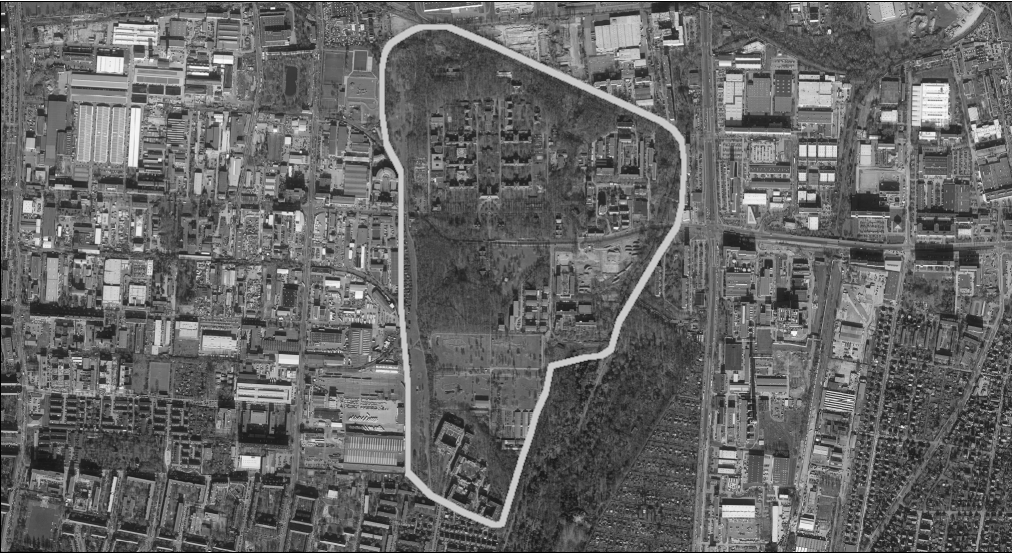
Hosts – Curators
The residency will be hosted by the artists of the transdiciplinary collective Po:era. They will follow the creative process of the participants for the whole ten days of the residency and help with any questions regarding their arrival in Berlin, the site and the artistic production.
Po:era (Berlin / Rio de Janeiro)
https://herzberge.poera.de
Lucas Lacerda and Daniel Weyand create with Po:era immsersive site-specific experiences at the intersection of performance, sound and audio-visual art. In developing the video/audio walk "Herzberge Stories" in 2021, they have established a close connection to the area of Herzberge, especially to the history, people and nature that fill the green island of Lichtenberg with life. The actor/director and filmmaker/anthropologist have collected more than 30 hours of audio material, including interviews, informal conversations and exploratory research visits to the site. Their local network includes activists from the museum, hospital, landscape conservation area and district centres in Lichtenberg.
Guest Artists – Facilitators
The invited national and international artist collectives guide the shared and individual processes during focus sessions and ongoing labs. They provide practical help and methodological tools as well as contacts and information about the site.
Radical Data (Barcelona / Amsterdam)
https://radicaldata.org or
https://www.instagram.com/radicaldataproject/
Radical Data are a research+do collective using the radical potential of data science through community-based art, activism and research. Run by performance artist/researcher Rayén Mitrovich and mathematician Jo Kroese, Radical Data combine data and technology to create tools for resistance and alternative utopias. During the residency, they will apply Rayén's framework of 'Intimate Art' to site-specific practices and develop an online platform for 'comapping', mapping from below by the people who use and live in a space.
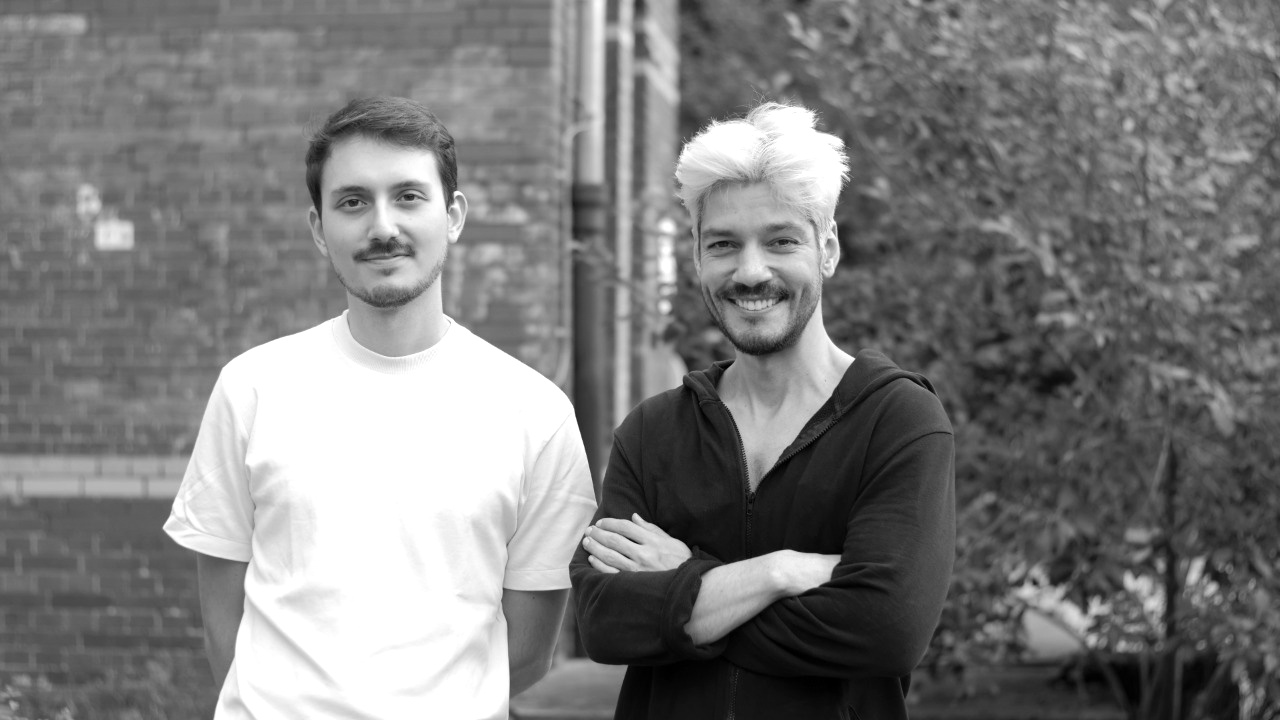
Brecha Coletivo / LABo (Rio de Janeiro)
https://brecha.online/ or
https://www.instagram.com/brechagram/
Patrick Sampaio is the founder and artistic director of both BRECHA and its educational platform LABo, which – for more than a decade – keeps bringing together interdisciplinary creators through performative experiences, collaborative processes, and methodological investigations. Since 2008 he shares his knowledge with actors, dancers, directors, playwrights, and hybrid artistic creators. Patrick developed a collaborative, real-time creation technique called "Communal Traces", a set of theoretical-practical tools that help us examine group decision-making flows and the structuring of non-hierarchical paths to interweave relationships between people, materials, spaces, dramaturgical elements, and performative improvisations. Gabriel Abreu is a writer and multidisciplinary artist. He is part of Brecha's Creative and Production Nucleus and since 2017 has been a member of LABo’s resident group.(https://brecha.online/labo/)
Guerilla Architects (Berlin)
https://www.guerillaarchitects.de/
Guerilla Architects is a collective of artists based in Berlin. Issues of political, legal, and spatial grey zones are the focus of their spatial interventions and socially critical art projects. Being "guerrilla" is their approach to urban development. Contrary to the belief that you have to build big to create big value, the collective draws on unused potential - free resources - from the abundance and overproduction of urban society. Working with existing structures, often only minimally invasive interventions are required to give new meaning to previously invisible spaces.
Christiane Wiegand | K.I.E.Z. ToGo (Lichtenberg)
http://www.kieztogo.de/
K.I.E.Z. ToGo is a performance group and network initiative from Lichtenberg that reaches people directly with its theatre by involving associations, initiatives and residents in its projects and turning streets, pubs, shops and open spaces into performance venues. The association of artists and residents comes together in different constellations depending on the project, usually under the artistic direction of Christiane Wiegand, in a collective way of working and non-hierarchical process of creating.
Gefördert durch das Bezirksamt Lichtenberg, Amt für Weiterbildung und Kultur und Draussenstadt.
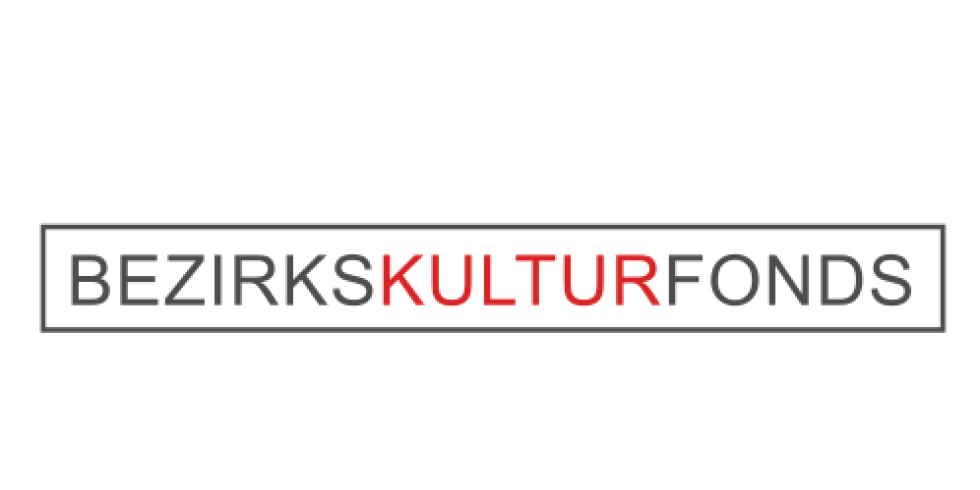

________________________
DATES
Application Deadline: 24 July 2022
The selected artists will be notified until 29 July 2022
Period of the artistic residency: from 28 August to 11 September 2022
Festival: 9 –11 September 2022

